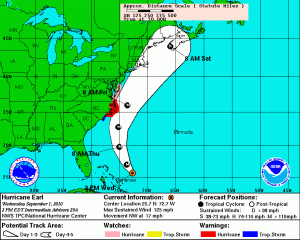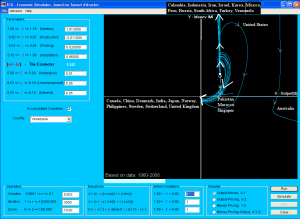I will comment on it later but here it is,
You can click the image to go to the rest of the site
We have gone over on how when we take away and add matter to get objects that exhibit these partial dimensions.
The fractal natural of the Sierpinski Triangle could also be applied in reverse by adding material (similar to Koch) This was shown with the Tapered cube, regular cube (hexahedron), and the octahedron
The website shows it applied to several seed shapes. This was brought up in class on whether or not the shape used could be altered to obtain these interesting patterns.
What was interesting with these fractal solids was how the ones where material is removed could be zoomed in on and the knowledge on what scaling was done is gone. However with the shapes where it is added you can tell that you are zoomed in just not how much. I feel that this is a difference between this. I also think I know why we see that.
When we remove you are bringing the shape toward a 2D shape. We being 3 dimensional can see this easily and imagine it easily too.
When we add we are bringing the shape toward a 4D shape. Yeah try drawing (sculpting) a 4D cube right quick, you cannot because we are limited to the 3D we exist in thus when a near 4D object exists in our 3D we see very interesting properties (such as knowledge that we have zoomed in)
Just thought I would note that.
The fractal natural of the Sierpinski Triangle could also be applied in reverse by adding material (similar to Koch) This was shown with the Tapered cube, regular cube (hexahedron), and the octahedron







![\frac{dx}{dt}=\alpha [y-x-f(x)]](https://i0.wp.com/upload.wikimedia.org/math/f/f/e/ffef870ec8b112fc6dd0bc65c921282d.png)













You must be logged in to post a comment.